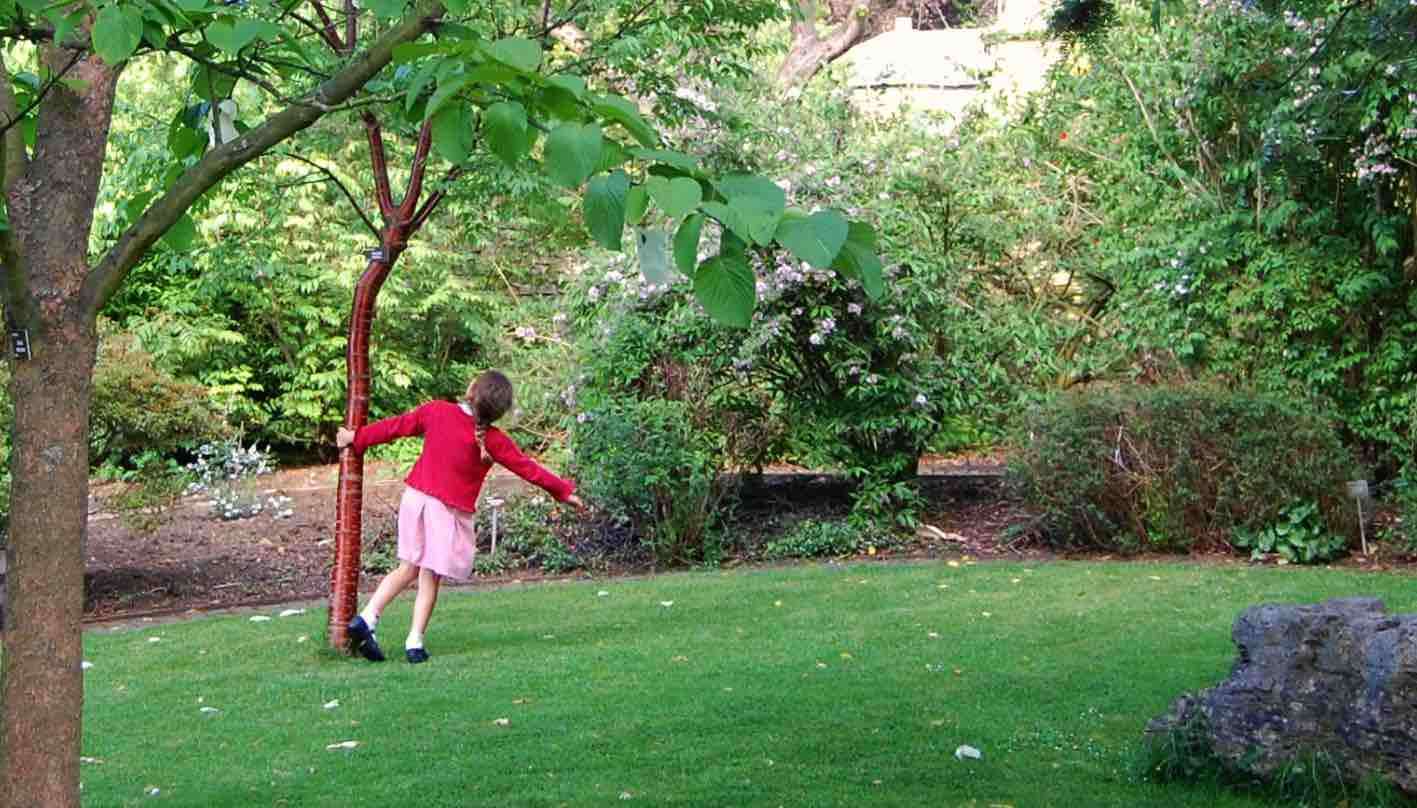Entrepreneur Has Bought 10,000 Unused Ride-Sharing Bikes So He Can Donate Them to Poor Students
Rather than letting these abandoned bikes go to waste, a compassionate businessman is buying them up and sending them to village school children.

You may already know that planting trees is good for your health and the environment, but did you also know that it is good for your wallet as well?
Depending on the region and size of the tree, backyard greenery has been shown to safe homeowners hundreds of dollars in utility bills.
This particular list of USDA-backed research shows that since large, shady trees can prevent a home from being overexposed to excessive sunlight, urban and rural households can respectively save up to 40% and 30% in air conditioning costs. In fact, the USDA says that the "net cooling effect of a young, healthy tree is equivalent to 10 room-size air conditioners operating 20 hours a day."
Once the trees shed their foliage during the colder winter months, they continue to help homeowners save money in heating costs because they displace chilly wind currents while simultaneously allowing sunlight to warm our buildings, resulting in a 10% reduction in urban heating costs and 20% for rural homes.
Between the reductions in air conditioning and heating costs, homeowners could save anywhere from $180 to $400, depending on the household location and the species of tree.
Though this may not seem like very much money in the long-run, urban tree cover is particularly effective against the heat-island effect that occurs in large cities. By mitigating this heat-island effect with trees in urban areas, it could potentially reduce national energy use in air conditioning by 20% and save over $10 billion per year in energy use.
There may be costs associated with maintaining a tree in your backyard, but having a tree in your yard can also increase the value of your home by up to 15% - or about $7,000 per house.
Furthermore, being surrounded by greenery has been associated with a number of benefits. Medical research has shown that spending time in nature can reduce symptoms of mental and physical ailments and boost the body's production of immune cells and cancer-fighting proteins. Other studies show that spending just 20 minutes in nature can greatly reduce a person's stress levels - and people who live close to birds and trees are less likely to suffer from depression, anxiety, and stress.
All of these studies are only reenforced by this more recent piece of research which describes how American counties that have more trees and shrubs have been shown to spend less on Medicare and healthcare costs.
If you're all ready to grab a shovel and get to work, the Arbor Day Foundation has an online guide for determining which leafy greenery is the best for you and your home. Once you have determined the tree you want to plant, the charity also has a benefits calculator for estimating the total amount of money that you will save on your utility bills based on your area and the size and species of the tree.
You can also support the foundation's environmental work by buying your new tree sapling directly from their website.
Before planting your tree in your backyard, be sure and give the tree plenty of space so that it does not interfere with your house or garden. For best results, this 2009 study states that arranging your leafy greenery so that it is either within 40 feet of the south side of your house or within 60 feet of the left side will generate the most energy savings.
Plant Some Positive News Amongst Your Friends By Sharing These Handy Hints To Social Media - File photo JR P, CC
Be the first to comment